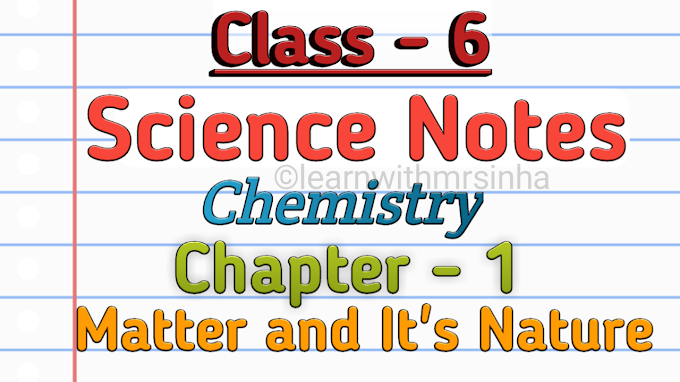The Living and The Non Living
Cell – The most basic unit or structural unit of an organism is the cell.
Tissue – Group of cells which are similar and perform a particular function are called tissues.
Organs – A group of tissue which work together to perform one or more functions.
Organ System – A group of organs which cooperates with each other to perform a particular with each other to perform a particular function is called an organ system.
In the growth of living being, growth happens inside the body not from outside. In growth cells multiply inside life span. The time for which an organism lives. (the time between its birth and death)
|
Organism |
Life Span |
|
House Spider |
3-4 days |
|
Mouse |
2-3 days |
|
Dog |
16-18 years |
|
Alligator |
50-55 years |
|
Pigeon |
60-65 years |
|
Man |
60-100 years |
Heterotrophs:- hetero= other than self; trophos = feeder (Animals depend on others for food)
Autotrophs:- Auto = Self; trophos = feeder (make their own food)
Green Plants are called autotrops because they form their own food.
Stomata – Absorb Carbon-di-oxide.
Chlorophyll – Absorb heat
Root – Carry minerals and waters
Respiration:- The process of taking in air or water, letting oxygen combine with food and throwing out carbon dioxide and water vapour.
Or
The process of breathing in and breathing out is a part of respiration.
Excretion:- The process of throwing out (expelling) waste is called excretion.
Animal Waste:- Faeces, Urines, Sweat.
11. The Gupta and Post-Gupta Period
Plant – Gases (through stomata), latex (used from rubber plant)
Action which are in response to something outside your body, are called response to external stimuli. A stimulus is something which produces a response or reaction.
Temperature, light, water, pressure, sound, touch.
*****
The Microscope
The stage is where you place the slide with the specimen you wish to study. There are two objectives lenses – the low-power one usually magnifies the specimen 10 times and the high-power one magnifies it 40 times . Suppose you want to work with the low-power objective. You have to align it with the tube. When it is aligned, you will hear it click. Then move the mirror until it directs light up the tube, through the eyepiece, into your eye. Then place the slide at the centre of the stage (over the hole) and turn the large of the adjustment knobs (for coarse adjustment) until the objective is about a quarter of an inch away from the slide. Look through the eyepiece and slowly raise the tube by turning the coarse-adjustment knob. The specimen will come into clear view or focus. Then turn the fine-adjustment knob very slowly until you get the clearest view of your specimen. The lens in the eyepiece magnifies the already magnified specimen (by the objective lens) another 10 times. Thus, you can see the specimen magnified 10x10= 100 times. If you use the high-power objective, you will get a magnification of 40x10=400.








0 Comments